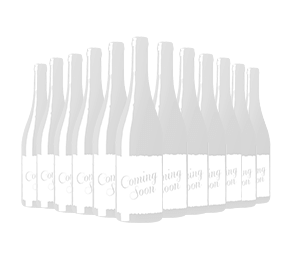Chat with Vinny
Pinot Noir and Merlot … the tale of two classics.
Merlot is often regarded as an uncomplicated, easy-drinking and crowd-pleasing grape. Because of that, it’s the perfect ‘any occasion’ wine. The kind of wine you’d bring to a party or savour midweek alongside dinner.
In contrast, Pinot Noir is regarded as a connoisseurs’ grape. It can be elegant and refined, with so many complexities that you might feel you need a degree in wine to understand it.
Now for the twist.
Not all is as it seems with Merlot. In fact, it’s quite misunderstood … because Merlot can produce sublime reds as well of those easy-drinking bottles.
After all, it’s the grape behind the Right Bank Bordeaux reds of Saint Emilion and Pomerol. Le Pin (a pure Merlot from Pomerol) sells for £2,000 a bottle … yikes!
Let’s dive into the details and compare these two red titans.
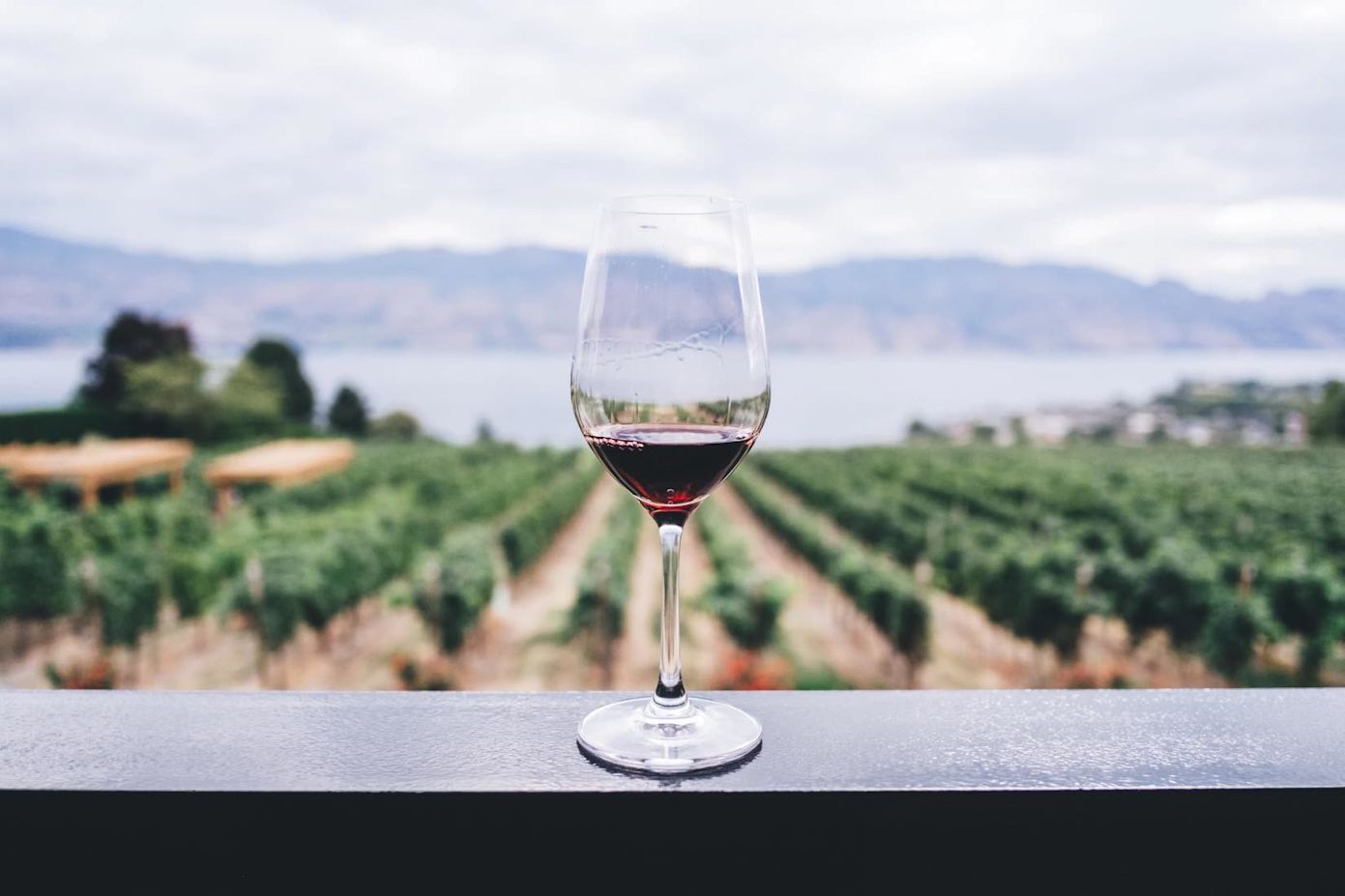
Taste
Pinot Noir
Pinot Noir is an incredibly fussy grape that likes cool ‘marginal’ climates – where it’s almost too cool for the grapes to ripen. But its extreme sensitivity means it’s able to really express small differences in terroir (that mystical combination of climate, soil and aspect that make wines unique). That’s why Burgundy is split into such tiny sections – with the Grand Cru vineyards representing the finest plots.
But it’s not only terroir that impacts the flavours Pinot Noir develops. The wine’s age also plays a role.
Young Pinot Noir is typically silky with a symphony of red fruit flavours – strawberry, cherry, raspberry and redcurrant – with wafts of violet and spice. When aged, expect to find earthy tones of mushroom, tea leaves and forest floor.
Red Burgundy
Many consider the best expressions of Pinot Noir to come from France’s Burgundy region. At the top level – the Grands Crus – red Burgundies offer intense red fruit flavours, and are unrivalled for refinement, complexity and silky texture. But, of course, they come with a hefty price tag.
However, even at entry level, Burgundian Pinot Noir is a treat for the senses, with juicy red fruit, fine-grained tannins and enchanting aromas.
Merlot
In contrast to Pinot Noir, Merlot thrives in a range of soils and climates. You’ll find great examples anywhere from the warm sunny vineyards of Australia to the cool vineyards of Germany. And while these wines may vary in the levels of ripeness, they all have one thing in common.
More than anything, Merlot is renowned for being smooth and juicy. It’s incredibly easy drinking, with aromas of violet, dark fruit flavours and a supple, velvety texture. You’ll often find blackberry and plum notes, with gentle spice and hints of vanilla, chocolate and mocha from oak ageing.
Red Bordeaux
Most would agree that Merlot reaches its highest level in the famous Right Bank regions of Bordeaux – Saint Emilion, Pomerol and the Côtes de Castillon. Thanks to the relatively cool climate and a long, slow ripening period, these wines are elegant and complex, often with herbal and earthy notes. And while Merlot’s rich, plum character always shines through, the top examples can deliver all sorts of lovely savoury flavours, including violets, dark chocolate and truffles. Ageing in oak adds notes of leather, tobacco and coffee. Complexity, in fact, to rival even fine Burgundy.

Style
Pinot Noir
Pinot Noir is typically light to medium-bodied, with high acidity and low to medium tannins. Most Pinot Noir wines are silky and elegant. Alcohol content ranges from 12% - 14% ABV.
Merlot
Merlot is typically medium to full-bodied, with medium acidity and medium-high tannins. Most Merlot wines are smooth, well-rounded and fruity. Alcohol content ranges from 13.5% to 15% ABV.
Where is Pinot Noir grown?
Pinot Noir is one of the world’s oldest grape varieties, but it’s known as the “heartbreak grape” because its thin skins mean it’s notoriously finicky to grow.
It originated in France’s Burgundy region but has since found its niche in different places around the world. You’ll find it flourishing in cool to moderate climates.
Here are some of our favourite spots for Pinot Noir outside of Burgundy:
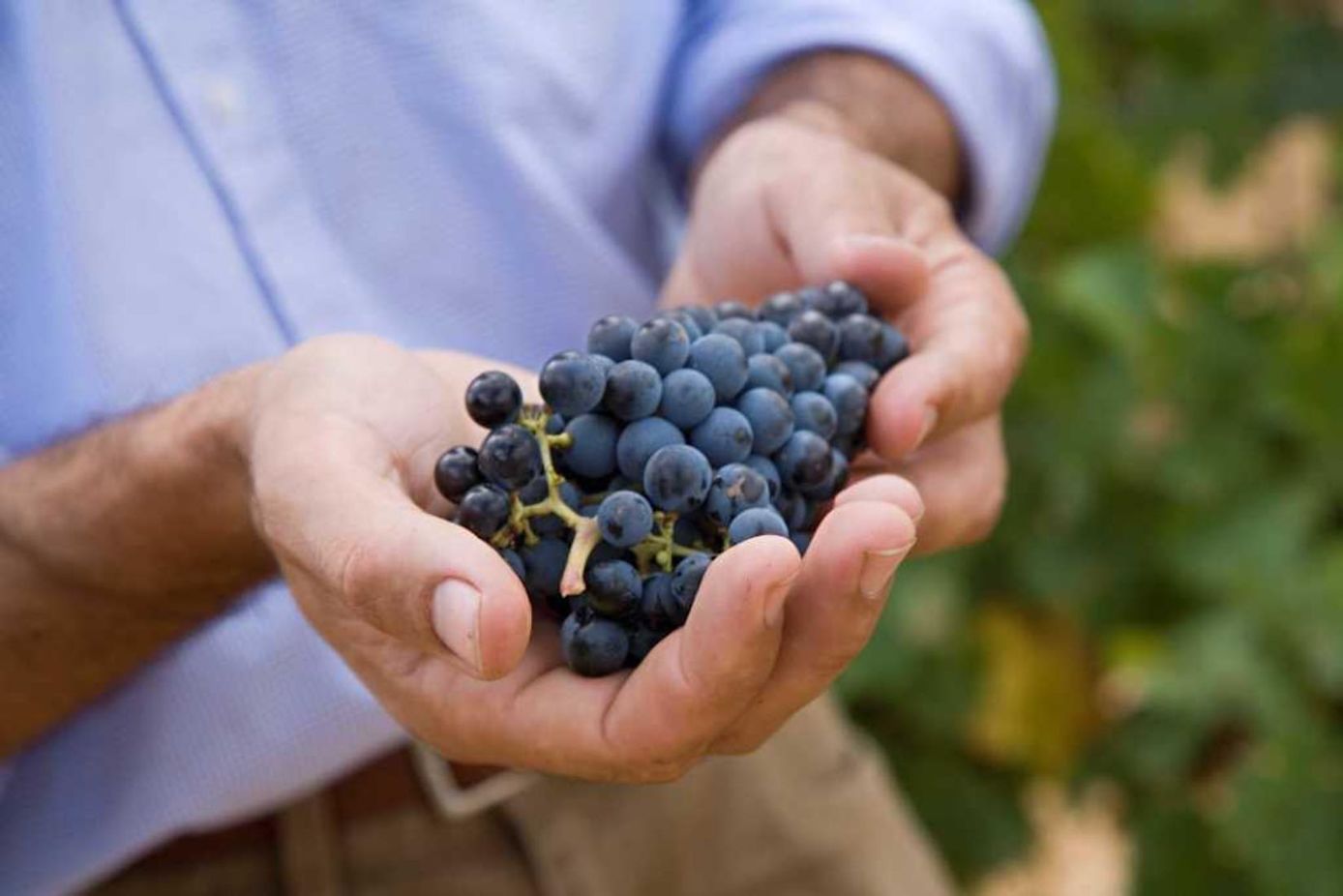
Germany
Pinot Noir is Grown widely in Germany – where it’s known as Spätburgunder. The cool climate produces wines in a very similar style to Burgundy – and they tend to be more reliable for quality and often better value than their French counterparts. Some of the warmer regions – Pfalz for example – produce a riper style, with all of Pinot Noir’s charm, but in an easy drinking, fruity style.
Sancerre (Loire)
Sancerre is undeniably one of France’s most iconic labels … and predominately known for its Sauvignon Blanc. But you’ll also find Pinot Noir growing in this Loire Valley subregion. Located in central France, it has a continental climate – frosty springs, warm summers, and cool winters. This encourages balanced ripening and produces a much lighter style of Pinot Noir. You’ll often see lots of red fruit notes and a refreshing acidity.
California
California may not seem an obvious choice to plant Pinot Noir, and for the most part, it isn’t. In fact, much of California is too warm for Pinot Noir, but there are a number of coastal regions that produce very good expressions of this style. Of course, much depends on the proximity to the coast and how those coastal breezes influence the vineyards.
In Californian expressions, you can expect ripe red fruit flavours like strawberry and red cherry. Those that been oaked will develop flavours of vanilla, smoke and cloves.
Oregon
Oregon produces some outstanding Pinot Noir wines. Its northerly latitude and exposure to the Pacific Ocean means it’s much cooler than California. Because of this, it produces wines in a similar style to Burgundy. The best expressions have complex, fresh red fruit flavours, subtle oak flavours and can develop flavours of mushroom and earth with time in bottle.
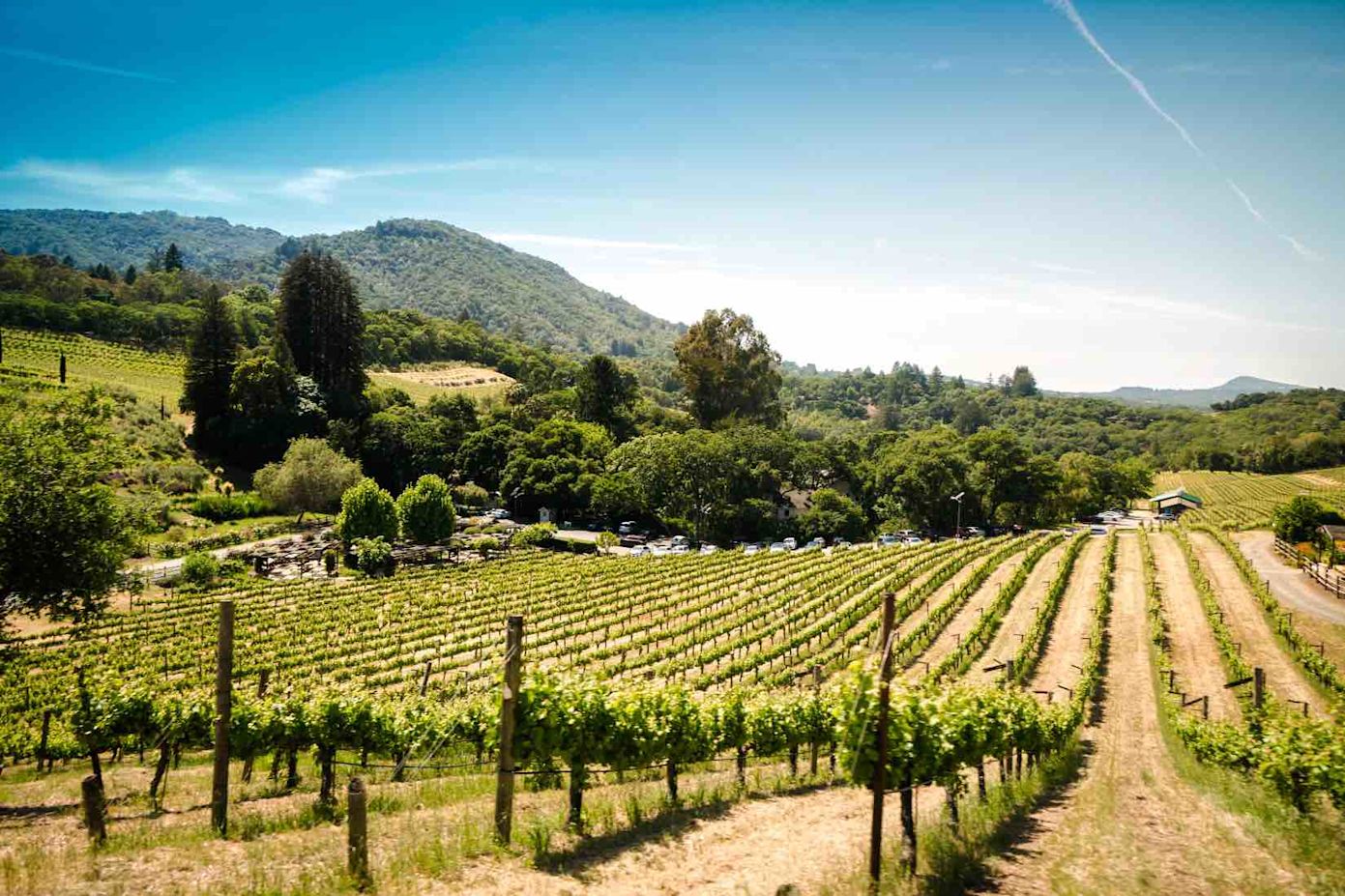
Central Otago
Despite its southerly latitude, Central Otago in New Zealand produces ripe and powerfully flavoured Pinot Noir. This region is protected from sea breezes and rain by a ring of mountains. Despite this, the vines experience intensely sunny day days and cool evenings. This means there’s a balanced ripening, producing wines that are medium to full-bodied, with medium tannins and red cherry and strawberry flavours.
Yarra Valley
While Australia’s overall climate is much too warm for Pinot Noir, there are a handful of moderate (and even cool) climates where Pinot Noir not only grows but thrives. Yarra Valley in Victoria is one of those – thanks to the cooling breezes it gets from the Southern Ocean. The Pinot Noir style varies here, from light and fragrant to riper with cooked red fruit flavours and medium tannins.
Casablanca Valley
Because it’s cooled by sea breezes and morning fog from the Pacific Ocean, Casablanca Valley produces some very good examples of Pinot Noir. You’ll often find red fruit flavours, particularly strawberry, and you’ll sometimes see herbal notes. Chilean Pinot Noir offers fantastic value for money.
Where is Merlot grown?
Merlot originates in France’s Bordeaux region – where it still dominates. You’ll find this grape thrives in moderate to warm climates.
Because Merlot is extremely adaptable, you’ll find it grown in vineyards across the globe. This is because it has much thicker skins, meaning it’s far easier to grow.
Here are some of our favourite spots for Merlot outside of Bordeaux:

Central Valley
In Chile’s Central Valley, Merlot ripens well due to a warm, dry climate. Merlot here is often ruby red and medium-bodied with smooth, velvety tannins. Expect red fruit and ripe plum flavours, hints of pepper, and toasty vanilla flavours. Moderating influences from altitude can also produce a lighter, fresher style.
Napa Valley
In California’s Napa Valley, long, warm, sunny days produces smooth, full-bodied Merlot brimming with flavour. You’ll find raspberry, black plum and blackberry flavours with notes of vanilla, cocoa, clove and smoke when oaked.
Stellenbosch
South Africa is continuing to develop a strong reputation for complex, age-worthy reds from Bordeaux varieties. Stellenbosch is a mountainous region with a moderate to warm climate (depending on vineyard altitude). It also enjoys influence from see breezes which helps to balance the grape’s ripening. Merlot produced in Stellenbosch is often full-bodied with intense tannins. Expect red fruit and blackberries, plum and mulberry flavours, combined with French oak spice and a touch of cloves.
Margaret River
Winemakers in Margaret River produce Merlot in the same style as those on the Right Bank of Bordeaux. This means that Merlot here is often full-bodied and complex with strong tannins. In terms of flavour, Margaret River Merlots have soft dark fruit and berry flavours, with notes of vanilla and mocha.
Hawke’s Bay
Much of New Zealand’s Merlot comes from Hawke’s Bay in the North Island. This region is renowned for its cool climate and sees plenty rainfall. In its youth, Hawke’s Bay Merlot is light and plummy, but it becomes fuller-bodied and develops complex characters with age. Expect bright cherry and ripe plum flavours, with notes of cedar and tobacco.
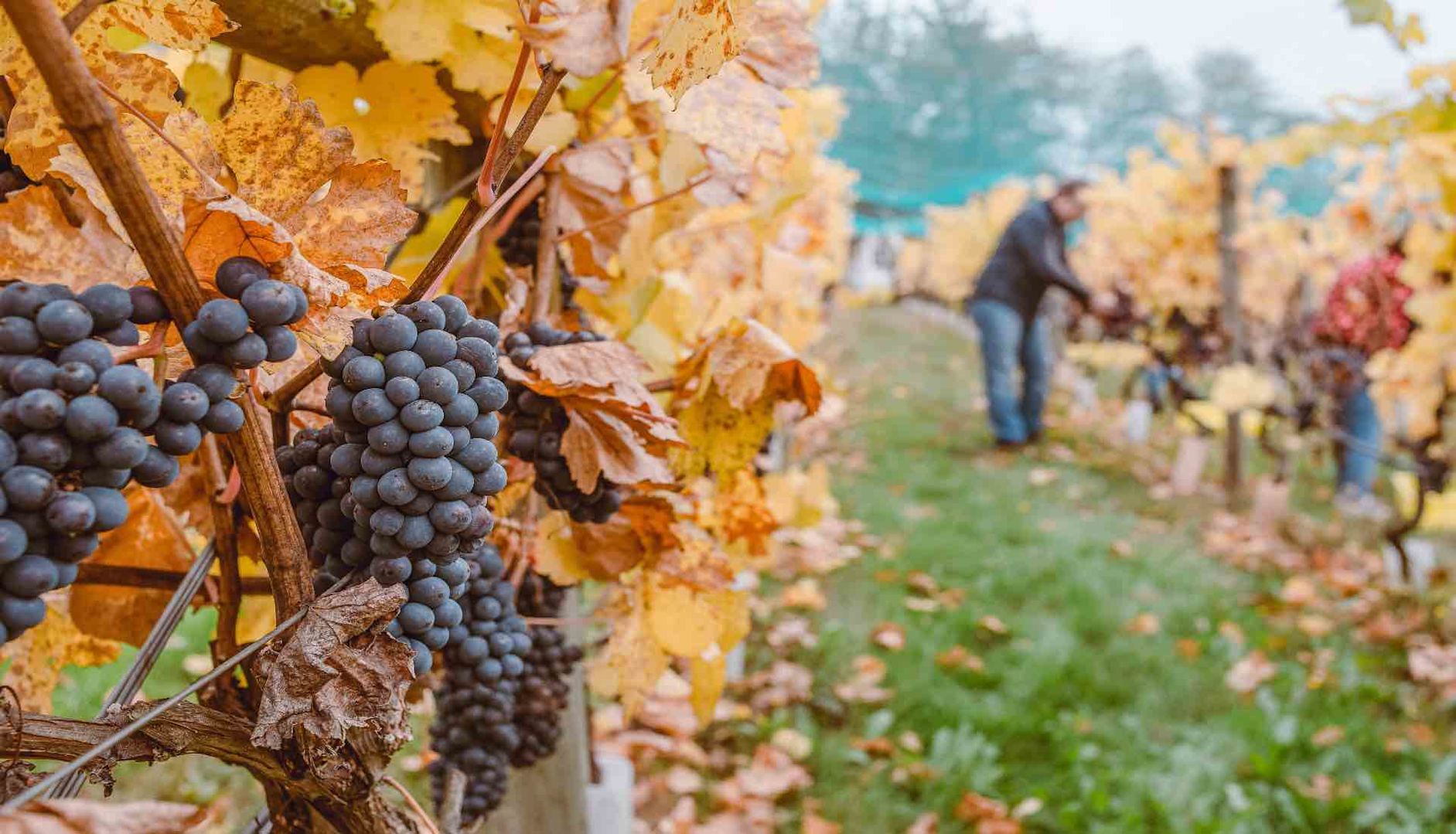
Food pairings
Pinot Noir
Pinot Noir’s versatility makes it a great match for a wide range of dishes. In fact, it compliments just about everything … from roast chicken and grilled salmon and to creamy pasta dishes. Its low tannins and high acidity also mean it’s a fantastic pairing for rich, fatty foods like pork or lamb.
Merlot
Thanks to Merlots juicy, plush, fruit-forward profile, it’s a great wine to pair alongside a variety of foods. It pairs superbly with roasted meats – think beef and lamb, or game birds like duck. Merlot also makes a great match with hearty dishes like stews and casseroles, as well as pasta, lasagne or tapas.
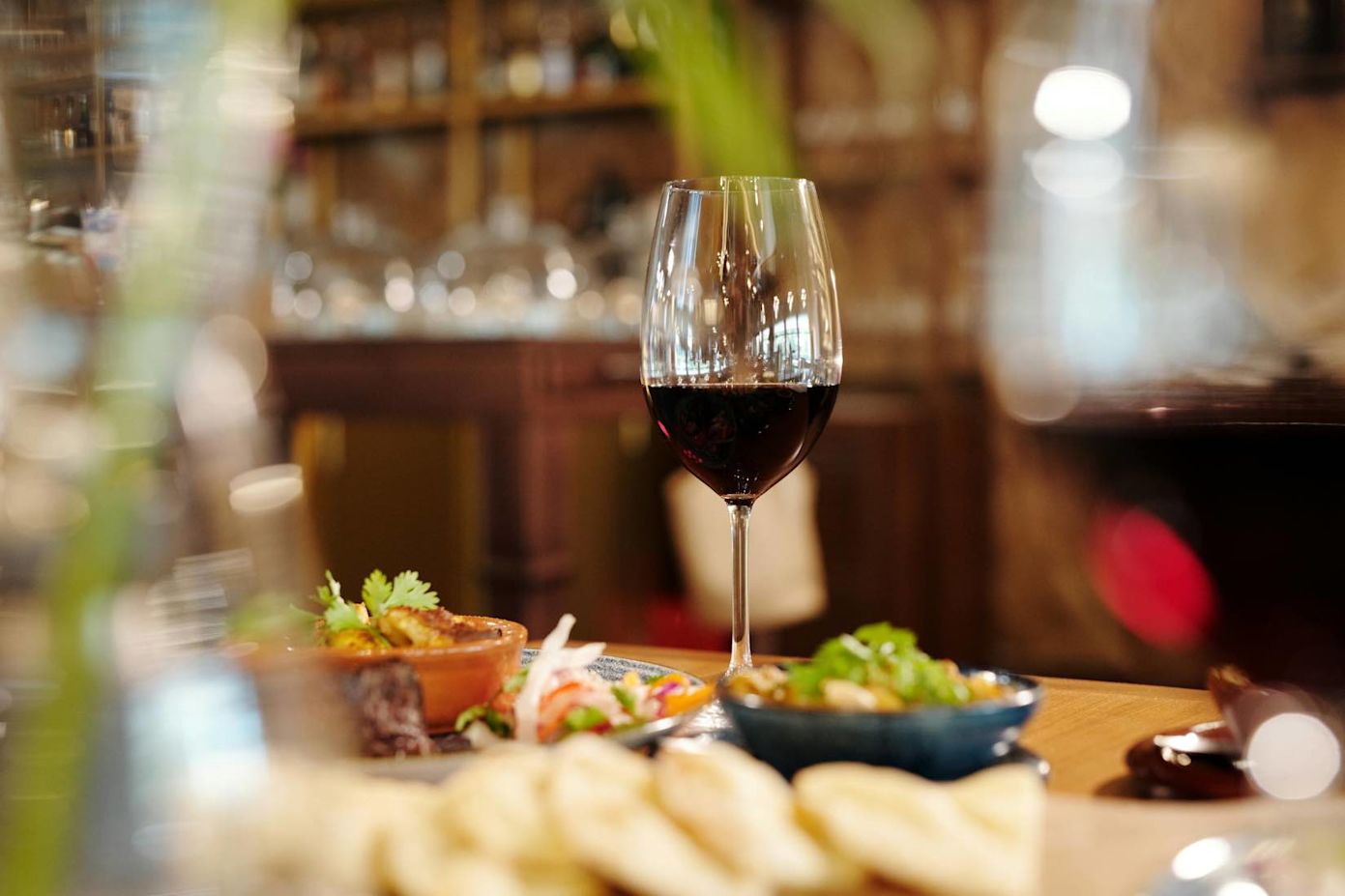
How to serve
Pinot Noir
Pinot Noir is best savoured slightly cooler than most reds – typically around 15°C. Serving at this temperature showcases Pinot Noir’s delicate and fragrant red-fruit flavours.
To ensure your Pinot Noir truly shines, consider decanting it around 30 minutes before you intend to enjoy. This encourages the wine’s aromatic profile to fully develop. Serve in a Burgundy wine glass – the broad base and narrow rim is ideal for capturing those enticing aromas.
Merlot
By contrast, Merlot is best served at room temperature – ideally around 17°C. If you serve Merlot any cooler than this, you risk losing all its delicious aromas and velvety texture.
Merlot is best served after it’s been allowed to breathe. Decant 30 minutes before serving and pour into a large wine glass to ensure those rich, fruity flavours reach their full potential.
About the author
Brogan Wilson
Qualified to WSET Level 2 Wine, Brogan is a relatively new member of the team, having joined in September 2023. She previously worked as the sole copywriter at a creative marketing agency, and before that, as a primary school teacher. At Laithwaites HQ, you’ll find her growing her knowledge, asking lots of questions, and crafting both digital and print copy. An ardent red wine drinker, Brogan is also fond of Crémant.
